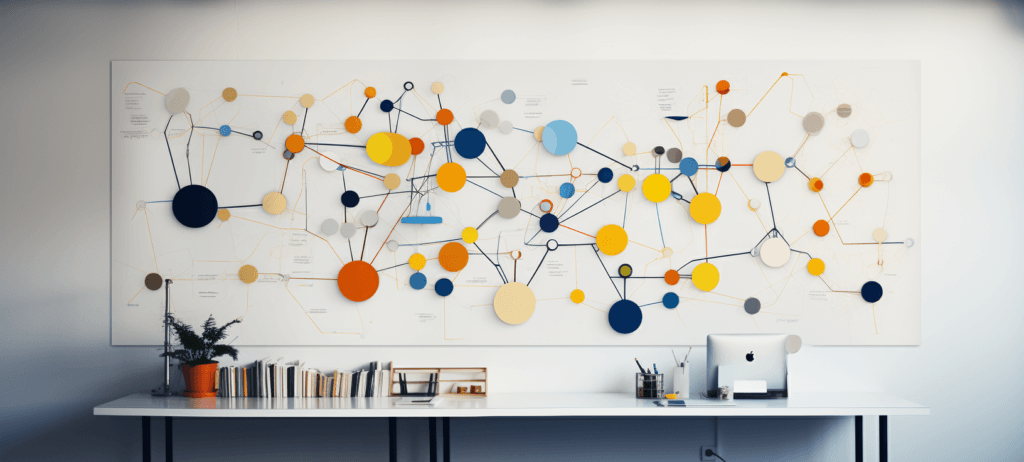- Home
- Blog
- Web Design What Is Content Mapping? How To Connect Your Pages and Improve Navigation
What Is Content Mapping? How To Connect Your Pages and Improve Navigation
-
 Published: Aug 24, 2023
Published: Aug 24, 2023
-
 6 min. read
6 min. read
-
 Abbey Stephan
Abbey Stephan Lead Editor
Lead Editor
- Abbey is a digital marketer, copywriter, and lead editor. She has worked on over 200 client campaigns and WebFX, and she specializes in marketing strategy analysis and industry-specific digital marketing plans. Outside of writing and editing, you’ll likely find her taking pictures of her cat, making a new playlist, or tending to her houseplants.
What is content mapping?
Content mapping is the process of creating a content plan that address buyers at all stages of the lifecycle.
If you want your content to reach the right people, you must have an effective content map. Planning your content and understanding its purpose can help you make sure you’re targeting the right customers.
This post will break down the following topics to help you understand content mapping:
Keep reading to find out more about content mapping!
Don’t miss our Marketing Manager Insider emails!
Join 200,000 smart marketers and get the month’s hottest marketing news and insights delivered straight to your inbox!
Enter your email below:
Inline Subscription Form – CTA 72
“*” indicates required fields
(Don’t worry, we’ll never share your information!)
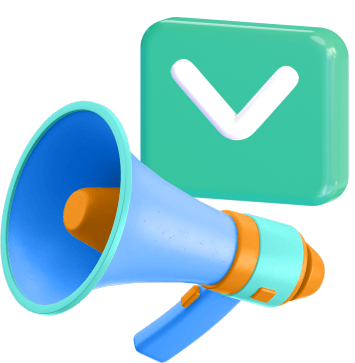
What is content mapping?
Content mapping is the process of creating a content plan that address buyers at all stages of the lifecycle. This process is essential for any content marketing strategy, as you can break down your workload and use different pieces for different purposes.
50%
is how many more leads content marketing generates compared to regular marketing.
Source: WebFX
Why is content mapping important?
Content mapping is essential for making sure you meet customers where they are instead of waiting for them to find you. Since content comprises a large part of marketing material, it’s essential to have a solid plan for how you use it.
With content mapping, you can accomplish the following:
- Deliver customer content: People are constantly turning online to learn more about any industry. With content mapping, you make it easier to find customers naturally and deliver information they want.
- Support the customer journey: Part of content mapping is understanding how customers find your company. You can craft content that is more purposeful and relevant to customers at any part of their journey.
- Diversify content types and topics: As you learn what customers want from you, it will be easier to generate topics and content types that have the most impact.
As you learn more about your content strategy and customer journey, you will see significant improvements to your brand awareness and bottom line.
How to create a content map
Now that we know what content mapping is and why it matters, you can start planning a content map yourself. Here are six steps to take:
- Identify target audience
- Consider path to purchase
- Brainstorm questions users might have
- Identify types of content for each stage of the funnel
- List topic ideas
- Establish goals and measurements for your content map
Let’s dive in below!
1. Identify target audience
Before you plan your content, you must identify your target audience. Your target audience is the group of people or businesses most likely to need your products or services. Every business has a unique target audience, and knowing yours will help you create better content.
Start by gathering data on your existing customers and think about who is most likely to need your business. You can create buyer personas, which represent people within your target audience. Think about the following factors:
- Demographics
- Age
- Occupation
- Income
- Location
All these traits will affect how and where your audience consumes content.
2. Consider path to purchase
The path to purchase comprises the steps users take from the moment they land on your website to the instant they purchase. So, how does content impact that path?
Your content can help guide people through the path to purchase and push them further down the funnel. For example, a blog post could lead to a related product, which has informational content, which they could use to then purchase later.
Understanding your typical path to purchase can help you find issues with the flow. If you’re working with GA4, you can set up different events to mark the path to purchase:
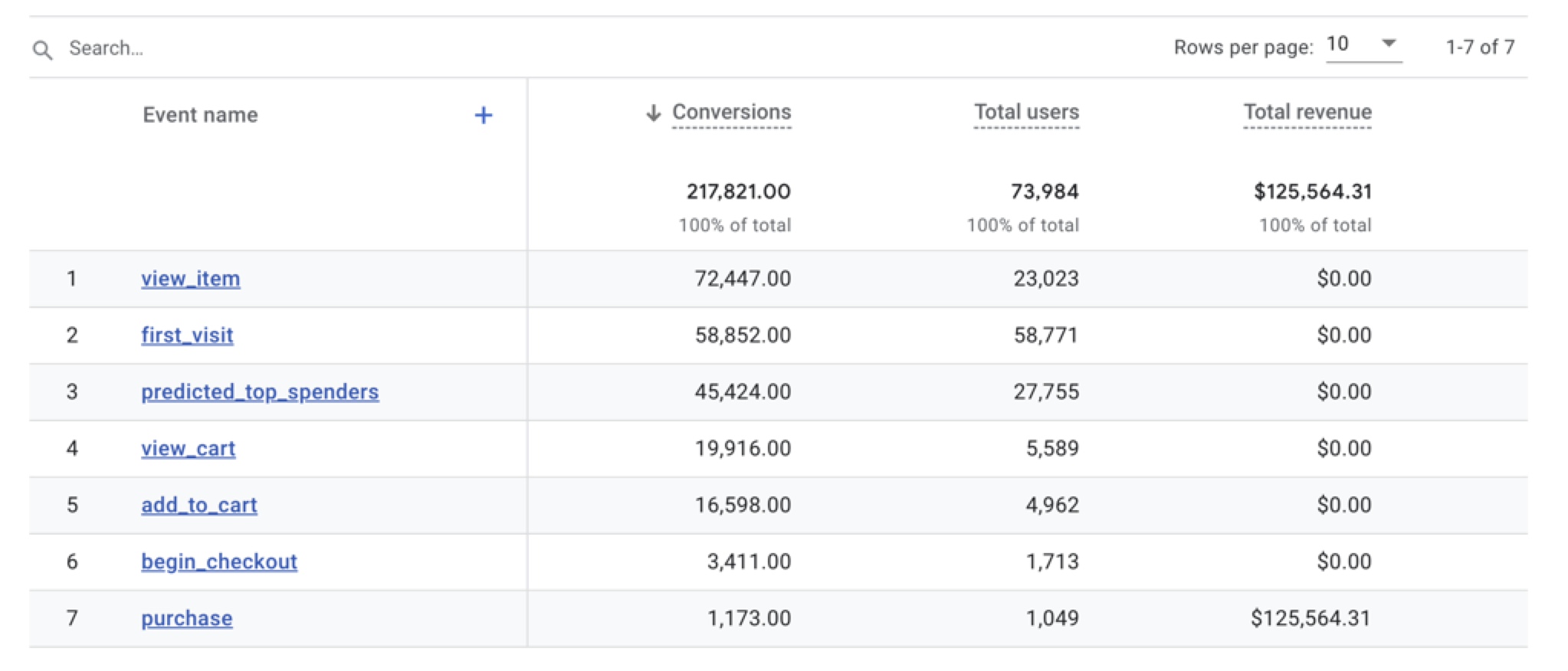
These events will look different depending on your company, offerings, and needs.
3. Brainstorm questions users might have
You want to get into your users’ heads when creating content. That means you should be one step ahead and answering their questions before they even have them.
What questions could users have about your company, services, and industry? Here are some ideas:
- What does this product/service do?
- How much does this product/service cost?
- Can I handle this task myself without help?
- How does this product/service benefit me?
- What industry knowledge do I need to understand this product/service?
4. Identify types of content for each stage of the funnel
Each stage of the funnel will require different content types. The stages of the funnel are top, middle, and bottom, with bottom being the readiest to purchase.
Your content will vary depending on the stage your customers are in. You wouldn’t place a product page in front of someone researching — it will look too sales-focused and push them away. That’s why you need content for all phases to give every customer a good experience.
Here are some examples:
- TOFU: Informational blog posts, social media posts, informational emails
- MOFU: Product or service pages, industry updates, company information
- BOFU: Abandoned cart emails, pricing pages, service pages
5. List topic ideas
Once you plan out your structure and content types, you can start branching out towards the topics you want to cover. With these topics, be sure to keep search engine optimization (SEO) and user experience (UX) in mind.
Use our proprietary keyword research tool, KeywordsFX, to help you find high-quality keywords for content and PPC campaigns.
Identify Top Keywords for Free 
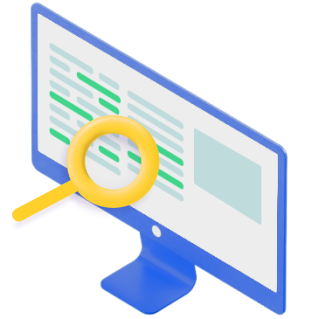
If you aren’t sure how to generate topics, look to your competitors and do some searching on Google. See what related topics and articles come up, and take note of what you haven’t covered.
Bonus: Try Our Blog Post Idea Generator
6. Establish goals and measurements for your content map
Now that you have an idea of what content you need to write and how it fits together, you need a way to track your progress. Some goals you can use include:
- Making sure each piece has a clear purpose
- Checking conversion rates before and after implementing new content
- Looking at traffic and SEO rankings
These are just a few ways to help you stay on track with your content mapping. As your site grows in complexity, be sure to update your content map and website architecture to keep everything running smoothly.
Good agencies have more than 50 testimonials.
Great agencies have more than 100 testimonials.
WebFX has over 1,100+ glowing client testimonials.
See What Makes Us Stand out
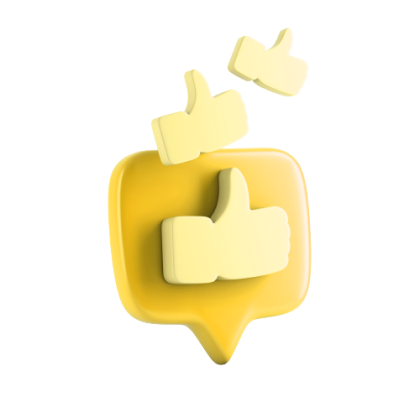
Create an impactful content map with WebFX
Your content mapping can make or break your content strategy. If you don’t plan your customer targeting and match your content to the customer journey, you could miss out on sales. WebFX is here to prevent that.
We have a team of 500 marketing experts and 100+ specialized content writers to streamline the content process. With our content marketing services, we will outline, identify, and target your ideal audience to give you the best chance at conversions.
Ready to learn more? Join our 2,000+ clients and contact us online today!
-
 Abbey is a digital marketer, copywriter, and lead editor. She has worked on over 200 client campaigns and WebFX, and she specializes in marketing strategy analysis and industry-specific digital marketing plans. Outside of writing and editing, you’ll likely find her taking pictures of her cat, making a new playlist, or tending to her houseplants.
Abbey is a digital marketer, copywriter, and lead editor. She has worked on over 200 client campaigns and WebFX, and she specializes in marketing strategy analysis and industry-specific digital marketing plans. Outside of writing and editing, you’ll likely find her taking pictures of her cat, making a new playlist, or tending to her houseplants. -

WebFX is a full-service marketing agency with 1,100+ client reviews and a 4.9-star rating on Clutch! Find out how our expert team and revenue-accelerating tech can drive results for you! Learn more
Make estimating web design costs easy
Website design costs can be tricky to nail down. Get an instant estimate for a custom web design with our free website design cost calculator!
Try Our Free Web Design Cost Calculator


Web Design Calculator
Use our free tool to get a free, instant quote in under 60 seconds.
View Web Design CalculatorMake estimating web design costs easy
Website design costs can be tricky to nail down. Get an instant estimate for a custom web design with our free website design cost calculator!
Try Our Free Web Design Cost Calculator

